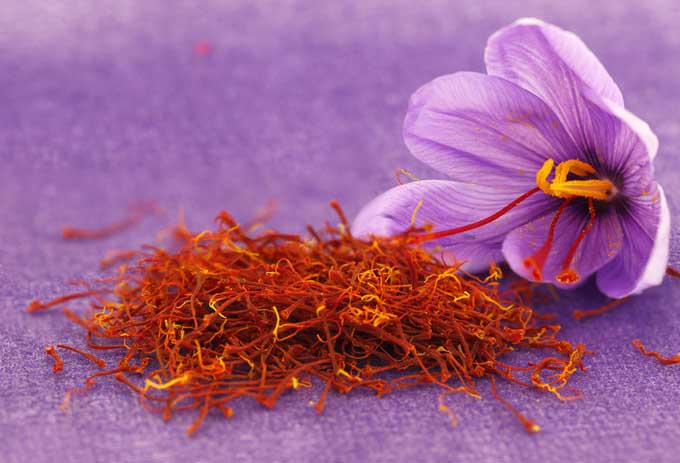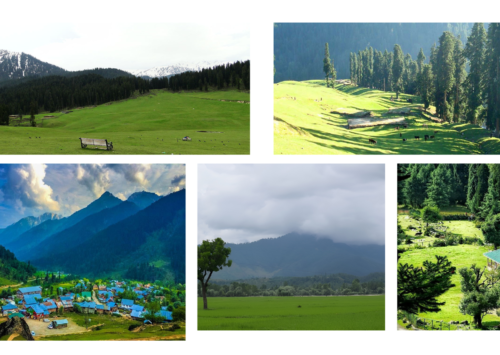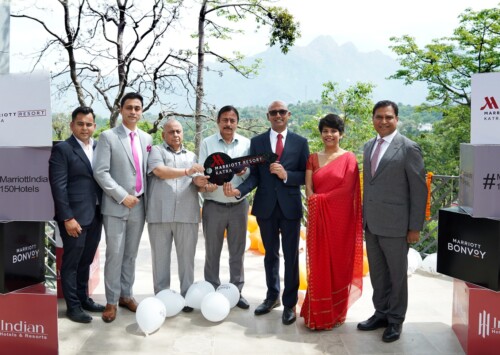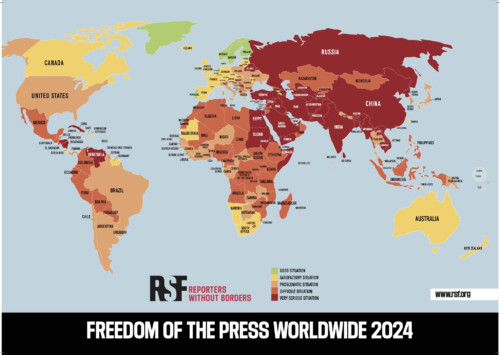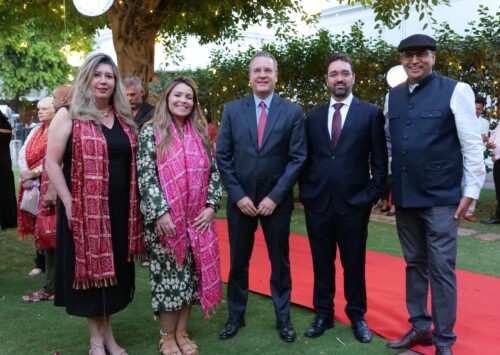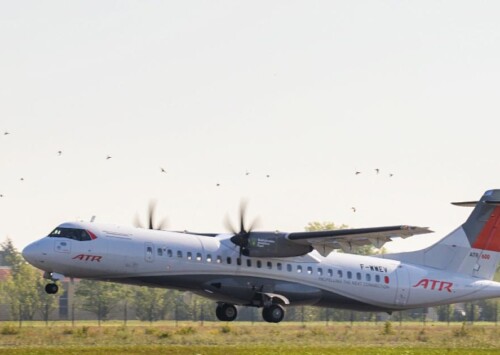From stone pelting to saffron packing
Kashmir is all set to get a second saffron park even as the first is being operationalised to process the world’s most expensive spice in the world. Will it wean away Kashmir’s youngsters from stone pelting and add a better flavour to their lives?
Kashmir has usually made global headlines for all the wrong reasons—stone-pelting, terror attacks or demonstrations. India’s first saffron park built at the cost of INR 4 billion has become operational in Pulwama district. Centrally located in the valley of Kashmir, it is often a resting place for adventure tourists.
Also known as the rice bowl of Kashmir, Pulwama is famous all over the world for its saffron cultivation. It is mainly grown in the Karewa lands of Pampore, Kakapora and Pulwama blocks.
Interestingly, Pulwama was in the news for stone pelting and revival of militancy. With the completion of this ‘saffron park’, the Centre and the Jammu & Kashmir government have drawn up plans to provide job opportunities to the Kashmiri youth.
The park has been equipped with hi-tech machinery for processing, drying, grading, packing and marketing saffron. The saffron park will have a quality control lab, e-auction centre, as well as garbage and waste utilisation facilities.
Enthused by the saffron park in Pulwama, the Jammu & Kashmir Government is mulling over setting up a similar park in remote Kishtwar district, in the Pir Panchal region of South Kashmir.
Pulwama and Kishtwar are the only two places in India suitable for growing saffron, especially because of the suitable soil.
The saffron park project was reviewed jointly by visiting Agriculture Minister of Jammu & Kashmir, Ghulam Nabi Lone and Union Agriculture Minister Radha Mohan Singh, in the national capital on Friday.
All marketing solutions will be provided to farmers under one roof in the saffron park.
Registered under the brand name ‘Koshur Kong’, Kashmiri saffron is likely to take on global competition. Iran accounts for 90 percent of global saffron production. Another major producer is Spain, besides Kashmir. However, connoisseurs of saffron vouch that there is nothing to beat Kashmiri saffron in its aroma. Geographic Indicator registration for Kashmiri saffron has also been taken up.
The ultra-modern facilities at the saffron park laboratory are geared to meet all concerns about adulteration in collaboration with the Spices Board of India. In recent years, scrupulous traders have adulterated saffron and exported them after which the consignments from Kashmir came under scrutiny.
Why is it the most expensive of spices?
Used in several industries—food, pharmaceutical, cosmetic and perfumery— as well as in textile dyes, saffron is the most expensive spice in the world. The price of Kashmiri saffron is INR 180,000 per kg in state-run outlets, whereas saffron imported from Iran and Spain cost around INR 300,000 lakh per kg.
The area under saffron cultivation has declined from 5,707 hectares in 1996–97 to 3,785 hectare in 2014–15, bringing down the production from 3.13 kg per hectare to 1.88 kg per hectare in the last few years.
It takes 75,000 flowers to produce one pound (454 grams) of dried saffron!
The decline in production is also due to the low-intensity conflict in the Kashmir Valley.
Farm-sector observers want irrigation pumps to be provided to the cultivators, as the crop duration is long. India had launched the National Saffron Mission in 2010-11 to rejuvenate saffron cultivation in Jammu and Kashmir. It is to be seen whether the youth take to stone-pelting or processing saffron to spice up their lives. Either way, the Valley will be in the limelight.

